‘They are not as strong as they thought they were,’ one Whitehall source remarked to me on Monday night as he contemplated the fallout from Theresa May’s attempt to reshuffle the cabinet. No. 10 had come to believe that a successful Budget and ‘sufficient progress’ in the Brexit talks meant that much of May’s political authority had been restored. This emboldened them to think that she could now pull off a proper reshuffle, something Gavin Williamson had regularly cautioned against when he was chief whip.
But a reshuffle that was meant to confirm the Prime Minister’s return to political health has ended up highlighting her three biggest weaknesses. The first thing it showed was that she has not regained her political authority. Moving ministers around is always tricky unless it is done as a prime minister’s first act or after a landslide election victory. But May faced remarkable levels of resistance, despite choosing to leave all the holders of great offices of state in place. In the end, the Health Secretary stayed put, even though May’s initial plan had been to move him, and the Education Secretary resigned rather than become Welfare Secretary.
The result is that every Secretary of State who would like to defy May on some issue will now feel more confident. The Prime Minister is, clearly, not an irresistible force.
The reshuffle has also raised questions about the competence of May’s operation. For the party’s official Twitter account to start the reshuffle by inaccurately tweeting that Chris Grayling was party chairman was a spectacular fail. But almost as bad was No. 10 failing to establish whether Jeremy Hunt was prepared to move before he came in to see Mrs May. One ally of the Health Secretary tells me he had no contact from Downing Street all last weekend. This is particularly odd, as Hunt was being offered a promotion.
May’s team need to accept that this is the second set-piece event that has gone wrong for them in recent months, the first being the party conference where the announcements were underwhelming even before the disaster of the Prime Minister’s speech. Even those who defend the competence of May’s team admit that the operation is understaffed. What is needed is an injection of those with previous government — and preferably Downing Street —experience. Given the momentous challenges of the times — Brexit, the need to defeat the most left-wing Labour leader in generations and persistently sluggish earnings growth — May might find people more receptive to the call to serve than she’d expect.
To be fair, the reshuffle did attempt some progress on this front. Oliver Dowden, who served as deputy chief of staff under David Cameron, went to the Cabinet Office, where he’ll be able to help coordinate government policy. But there is a pressing need for more political appointees inside No. 10.
The third and biggest problem exposed by the reshuffle is the lack of clarity on what the government is trying to achieve. One of those who kept their job on Monday complains that ‘the problem is not the people in the cabinet or the ministerial positions’ but rather May herself. This minister compares her to the Wizard of Oz — there’s little there when you pull back the curtain.
I understand that Theresa May was so keen to move Justine Greening because she was frustrated by her approach to social mobility. But parliamentary arithmetic means that grammar schools are off the agenda, so it is hard to work out what May wants to do in this area.
There are indications that Greening and Jo Johnson, the Universities Minister, were shifted because No. 10 wants to do something on tuition fees. It would be sensible, for instance, to cut the interest rate on them. But the Tories will never be able to beat Corbyn’s pledge to scrap them. It would be foolish to highlight this issue with a Dutch auction on the fee level that the Tories can never win.
Several of the moves in this reshuffle are at least sensible. Putting health and social care in the same department, something No. 10 insists would have happened whoever was Health Secretary, will help to integrate the two. David Lidington, one of the politest men in politics, will be a natural fit at the Cabinet Office. He knows more about European politics than almost anyone else in government and will bring that know-ledge — which is all too often missing — to the inner cabinet’s Brexit discussions. David Gauke’s appointment means that a lawyer is once more Lord Chancellor. He also understands the link between the benefits system and prison, having been Welfare Secretary. But the level of turnover in the Minister of Justice and the Department for Work and Pensions is alarming. There have been four Justice Secretaries since the 2015 election and five Welfare Secretaries.
One other thing May deserves praise for is beginning the process of promoting the talented 2015 crop of Tory MPs. This is a more diverse intake and by bringing them into government now, she can ensure that they are ready to be promoted to Secretary of State before the Tories go to the country again. As one leading minister tells me: ‘The team that goes into the next election will look very different from the team that went into the last.’
Mrs May might not be restored to political health but that doesn’t mean she is on her way out. There remains no agreement at the top of the Tory party about who should succeed her. There is, however, a sense that a leadership contest before Brexit happens would simply be too bloody. Indeed, opinion in the cabinet is shifting towards the idea that the moment when it is safe to have a vote is the end of the transition period in 2021, not the actual moment of departure next March.
If May were to continue until then, the new party leader would have only a year and a bit before they had to go to the polls. They would have to make use of every minute of that time to show the country where they wanted to take Britain after Brexit. What May must do in the meantime is ensure that the next election is not lost before her successor even makes it into No. 10.
Got something to add? Join the discussion and comment below.
Get 10 issues for just $10
Subscribe to The Spectator Australia today for the next 10 magazine issues, plus full online access, for just $10.
You might disagree with half of it, but you’ll enjoy reading all of it. Try your first month for free, then just $2 a week for the remainder of your first year.


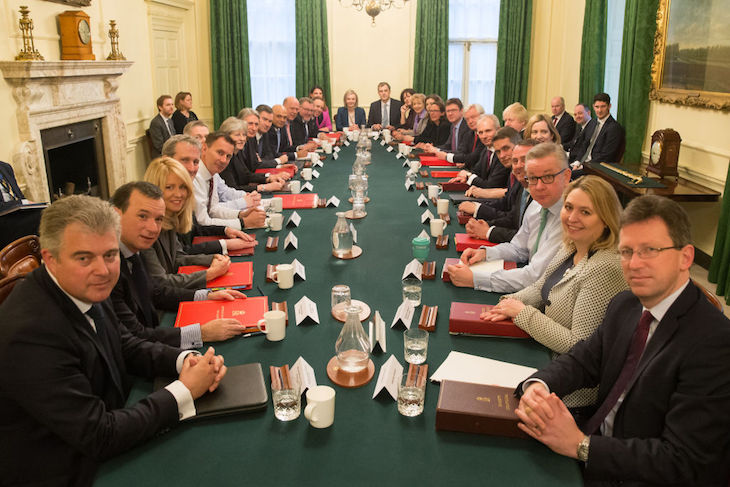
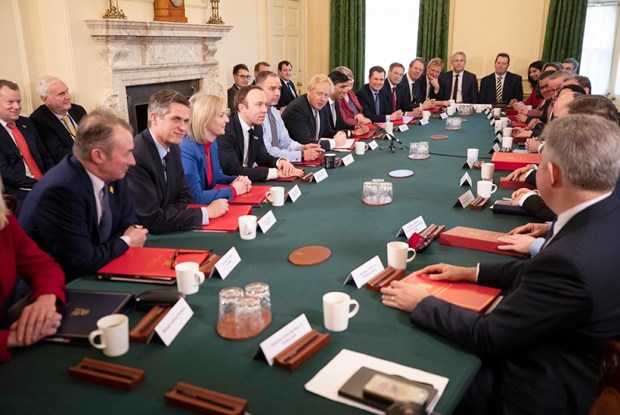

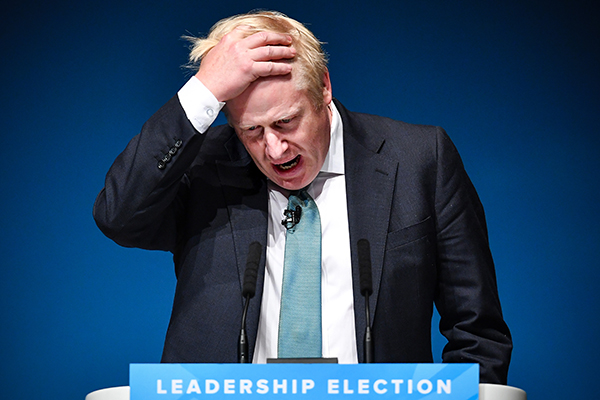
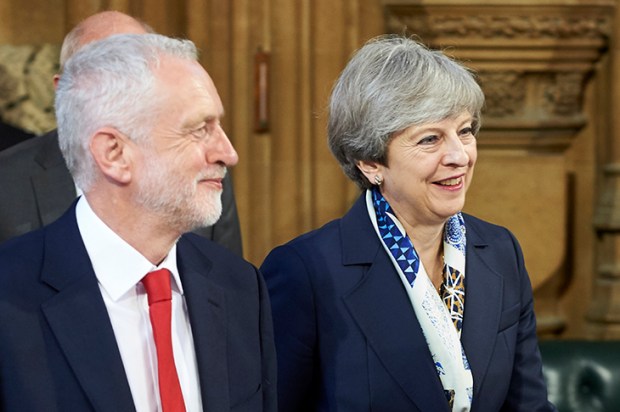
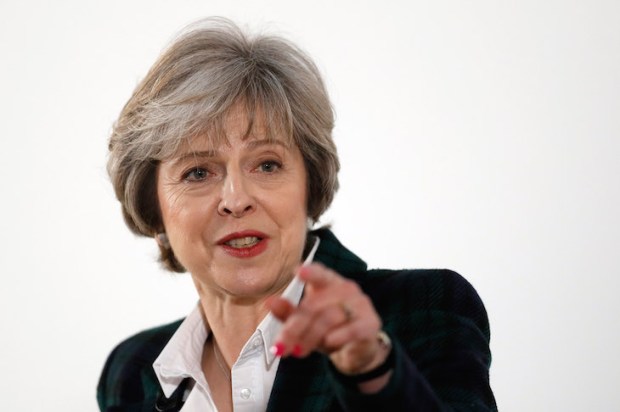
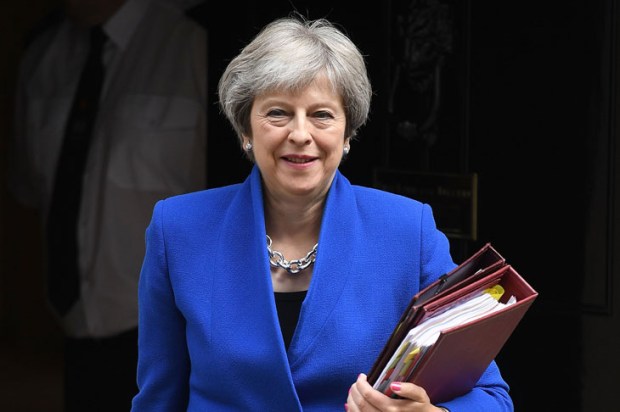






Comments
Don't miss out
Join the conversation with other Spectator Australia readers. Subscribe to leave a comment.
SUBSCRIBEAlready a subscriber? Log in